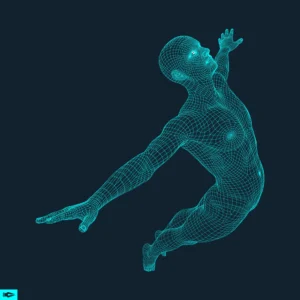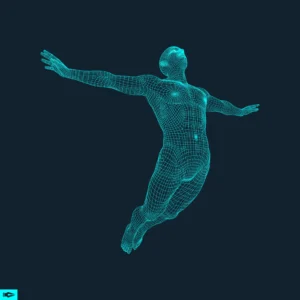What is Myofascial Release?
Myofascial release is a safe and effective hands-on technique which involves gentle sustained pressure into restrictions within the fascial tissue. Each technique is held for a long period of time which is essential to allow the tissue to elongate.
Each restriction, caused by trauma, inflammatory responses, and/or surgery, can produce approximately 2,000 pounds per square inch of tensile pressure. Fascial restrictions do not show up in many of the standard tests such as, x-rays myelograms, CT cans, electromyography, etc. A high percentage of people suffering with pain and/or lack of motion may be having fascial problems but are not diagnosed.
Myofascial Release is performed directly on the skin without oils, creams, or instruments. This allows the therapist to accurately detect fascial restrictions and apply the appropriate amount of pressure to facilitate release of the fascia.
About JFB Myofascial Release
 JFB Myofascial Release provides not only direct treatment through the therapist, but also promotes independence through education to the patient for treating themselves to manage their own conditions.
JFB Myofascial Release provides not only direct treatment through the therapist, but also promotes independence through education to the patient for treating themselves to manage their own conditions.  Between the two, patients are able to return to a life of reduced pain and freedom of movement. Each patient is a unique individual and is treated one-on-one. The whole person is considered and not segmented into parts. A quote April likes to use is “your shoulder (or any body part) is not the only thing that walked into the room”.
Between the two, patients are able to return to a life of reduced pain and freedom of movement. Each patient is a unique individual and is treated one-on-one. The whole person is considered and not segmented into parts. A quote April likes to use is “your shoulder (or any body part) is not the only thing that walked into the room”.
What is fascia?
Fascia is a specialized system of the body that has an appearance similar to a spider’s web or a sweater. Fascia is very densely woven, covering and interpenetrating every muscle, bone, nerve, artery and vein, as well as all of our internal organs including the heart, lungs, brain and spinal cord. The most interesting aspect of the fascial system is that it is not just a system of separate coverings.  It is actually one continuous structure that exists from head to toe without interruption. In this way you can begin to see that each part of the entire body is connected to every other part by the fascia, like the yarn in a sweater.
It is actually one continuous structure that exists from head to toe without interruption. In this way you can begin to see that each part of the entire body is connected to every other part by the fascia, like the yarn in a sweater.
 Fascia is meant to support and protect us. Fascia surrounds and attaches to all structures – muscle, vessels, organs, osseous structures. Fascia in a healthy state is relaxed and wavy and it has the ability to stretch and move without restriction.
Fascia is meant to support and protect us. Fascia surrounds and attaches to all structures – muscle, vessels, organs, osseous structures. Fascia in a healthy state is relaxed and wavy and it has the ability to stretch and move without restriction.  With the experiences of physical trauma, emotional trauma, scarring, or inflammation the fascia loses its pliability becoming tight, restricted and a source of tension to the entire body. Cumulative effects can occur from falls, car accidents, habitual poor posture, and repetitive stress injuries. The changes in the fascial system caused by trauma influences comfort and function of the body. Fascial restrictions affect our flexibility, stability, and can exert excessive pressure producing pain and restriction of movement.
With the experiences of physical trauma, emotional trauma, scarring, or inflammation the fascia loses its pliability becoming tight, restricted and a source of tension to the entire body. Cumulative effects can occur from falls, car accidents, habitual poor posture, and repetitive stress injuries. The changes in the fascial system caused by trauma influences comfort and function of the body. Fascial restrictions affect our flexibility, stability, and can exert excessive pressure producing pain and restriction of movement.







